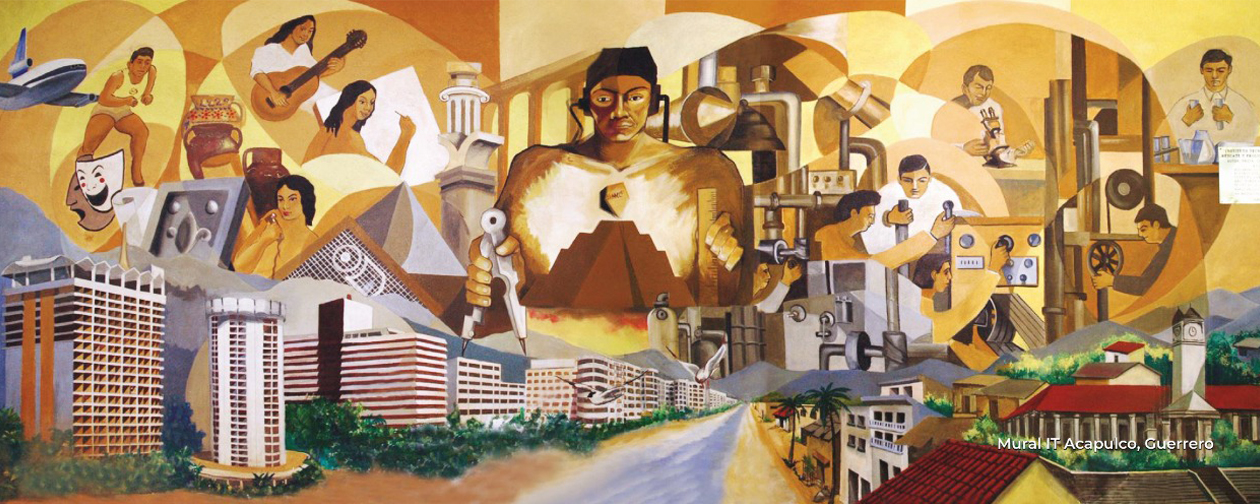
Please use this identifier to cite or link to this item:
https://rinacional.tecnm.mx/jspui/handle/TecNM/2428| Title: | Planeación de misión de vehículos aéreos no tripulados basado en la condición de salud de la batería |
| Authors: | Schacht Rodriguez, Ricardo%513024 |
| metadata.dc.subject.other: | vehículos aéreos, diagnostico de fallas, control tolerante de fallas, multirotor |
| Issue Date: | 2019-10-04 |
| Publisher: | Tecnológico Nacional de México |
| metadata.dc.publisher.tecnm: | Centro Nacional de Investigación y Desarrollo Tecnológico |
| Description: | Rotorcraft Unmanned Aerial Vehicles (UAV) with take-o and vertical landing capabilities or multi- rotors have proved to be an ecient and low-cost solution for civil ight applications due to signicant advances in the development of robust and more ecient altitude and attitude control strategies, plan- ning and re-planning algorithms capable of detecting and evading obstacles and Fault Diagnosis & Fault Tolerant Control methods. In most applications where multirotors are used, they develop dierent task as exploration, photogram- metry, lming, mapping and more recently all those dedicated to precision agriculture such as irrigation and crop monitoring. During the development task, the multirotor executes a mission which consists to y through a set of paths connected by n reference points or way-points inside a known or unknown area. However, during the mission development, dierent negative factors decrease the multirotor ight performance such as environmental conditions, occurrence of faults or failures in actuators/sensors and energetic limitations due to the power source constraints. The energetic limitation problem in a multirotor are due to power capabilities that on-board battery can supply. Due to power and energy requirements, the multirotors are powered by Lithium Polymer batteries which are rechargeable batteries of Lithium-Ion technology. They possess a polymer electrolyte instead of a liquid electrolyte and provide high power and energy densities. However, according to the use due to the number of charge/discharge cycles and other factors like damage provoked by over-discharges, the battery performances tend to decrease. Such decrease or aging causes a reduction in the eciency of the UAV multirotor ight by decrease the total mission time or ight endurance, and leads to maneuverability problem, which increases the risk of crash and collision. This thesis topic addresses the issues concerning to battery performances and its inuence into the mission and path planning tasks. By considering model-based prognosis techniques and path planning methods, a hierarchy mission planning strategy based on energy consumption is proposed and validated at simulation level considering dierent ight situations. The UAV performances, as well as its capability to execute and fulll a mission is weighted by determine the battery State of Health (SoH) which is an index to measure the degradation level of the battery. The SoH helps to estimate the battery Remaining Useful Life (RUL) and establishes the energy limitation by the computation of the Maximum Flight Endurance (MFE). Such information is necessary to path planning generation which not only consider the constraints related to the power source but also the scopes and limitations of the mission to be executed. In addition, the main concern of this thesis are long time-distance missions e.g. exploration or inspection of remote areas where it is fundamental to have a proper use of energy aboard the multirotor. |
| metadata.dc.type: | info:eu-repo/semantics/doctoralThesis |
| Appears in Collections: | Tesis de Doctorado en Ingeniería Electrónica |
Files in This Item:
| File | Description | Size | Format | |
|---|---|---|---|---|
| DE_Ricardo_Schacht_Rodriguez_2019.pdf | Tesis | 7.99 MB | Adobe PDF | View/Open |
| DE_Ricardo_Schacht_Rodriguez_2019.pdf Until 3021-09-01 | Cesión derechos | 24.35 kB | Adobe PDF | View/Open Request a copy |
This item is protected by original copyright |
This item is licensed under a Creative Commons License





